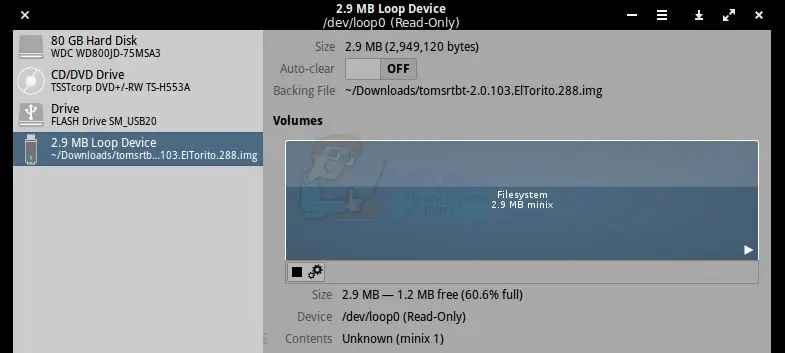In ordinary landline telephones, there are two types of dialing: the so-called pulse dialing, known since the days of rotary dial phones, and tone dialing. Currently, it is generally accepted that pulse dialing (when the number of pulses, interrupts corresponds to one or another dialed digit of the number) is a relic of the past. Nowadays, tone dialing is increasingly used (in which a number is dialed using special tone bursts). However, quite often telephone exchanges do not support tone dialing.

Instructions
Step 1
Some phone models do not natively support touchtone mode. For example, rotary telephones are designed for pulse dialing only. If you have a similar device, you can safely use its functions.
Step 2
Almost all modern telephones have a dialing mode switch. It usually represents a moving slider switch. It also always has a Pulse / Tone switch, which corresponds to pulse and tone modes. Move the switch to the “Pulse” position. So, your phone has changed its dialing mode.
Step 3
If your phone model does not have this switch, then the "*" ("asterisk") key on the numeric keypad of your telephone set will perform the same mode switching function. Pressing it again will return the phone to the previous dialing mode.
Sometimes, after changing the mode, you need to lower the tube on the lever and pick it up again. That is, during a conversation it is practically impossible to transfer the device from one mode to another on some phone models.
Step 4
If you have a DECT phone (that is, a phone with a wireless radio handset), then the dialing mode settings are contained in the settings of the “base” to which the handset is “tied”. Access to the settings is possible directly from the handset of the telephone set, or from the control buttons on the "base".
Step 5
Read the instructions for your telephone. It will definitely contain information about setting up the device, including transferring to tone or pulse dialing mode. You can also find instructions on the manufacturer's website or sites created to help users.






